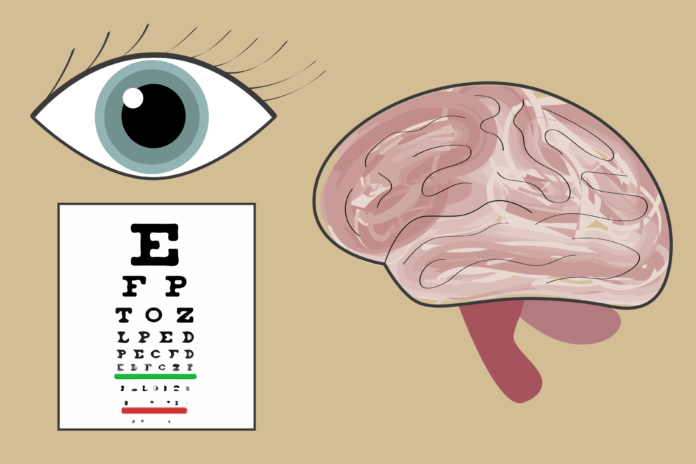Findings suggest an increased focus on repetitive behaviors is needed in screening techniques for autism spectrum disorder
According to the Center for Disease Control and Prevention (CDC), about 1 in 54 children are found with autism spectrum disorder (ASD). Over the years, clinicians and researchers have focused on identification of the disorder at earlier stages to better facilitate children’s development and social engagement.
A recent UC Davis Health study conducted at the UC Davis MIND Institute found that unusual visual inspection of objects by infants around 9 months of age is indicative of eventual diagnosis of autism spectrum disorder.
“This behavior [of unusual visual inspection] in particular involves looking at an object at different angles or rotating it while staring at it,” Megan Miller, an associate professor at the MIND Institute and the Department of Psychiatry and Behavioral Sciences at UC Davis, said. “Sometimes, it involves looking at an object from the peripheral vision or just looking at the object for a long duration. So in this particular study we defined it as more than 10 seconds.”
In a previous study conducted in 2008, Sally Ozonoff, a professor in the department of psychiatry and behavioral sciences and the MIND Institute at UC Davis and the principal investigator of the study, looked at repetitive behaviors of 12-month-old infants at elevated familial risk for ASD compared to those at low risk. Ozonoff found that one of the behaviors that was a distinguishing indicator of later development of ASD was unusual visual inspection. This study is an expansion on the previous study, following infants at 9 months of age to 3 years.
“Unusual visual inspection at 9 months predicted 12-month social behavior controlling for 9-month social behavior, but not vice versa, consistent with major theories of autism suggesting that an increased focus on objects early in life has detrimental cascading effects on social behavior,” according to the paper in the Journal of Abnormal Psychology publishing the study.
This behavior at 9 months of age is stably present in the infants Ozonoff and Miller had observed in this study.
“They were given toys to play with for 30 seconds each, and we looked at each of these kinds of repetitive behaviors from spinning an object to rotating an object but also at unusual visual inspection of objects,” Miller said. “That’s the one that really sort of stood out in terms of distinguishing most consistently and earliest in the babies, who went on to develop autism from those who didn’t.”
Extending the range to an earlier age is key to improving early identification of ASD so therapists and clinicians can quickly begin treatment to facilitate children’s social development and engagement.
“The earlier we can identify whether a baby is kind of going on that track, the more likely we are able to help them develop some of those social behaviors or find ways to engage with them a little bit differently so that they can still develop those social communication skills over time,” Miller said.
In addition to bringing greater ease to an infant’s social growth and development, both Miller and Ozonoff stress the major implications the findings in the study have on present screening.
“Findings from our study suggest that unusual visual exploration of objects maybe a valuable addition to early screening and diagnostic tools for ASD,” Ozonoff said in a recent UC Davis Health press release.
“There are a lot of screening tools out there to screen for autism related symptoms early in life, but a lot of them focus more on those social communication symptoms,” Miller said. “The social communication challenges, which is what many primarily look at, often overshadow the repetitive behaviors, which is what this unusual visual inspection would fall into. So it’s possible that we should be paying a little bit more attention to screening for this type of behavior early on, more so than we’re already doing if we’re working toward early identification.”
Written by: Brandon Nguyen — science@theaggie.org




